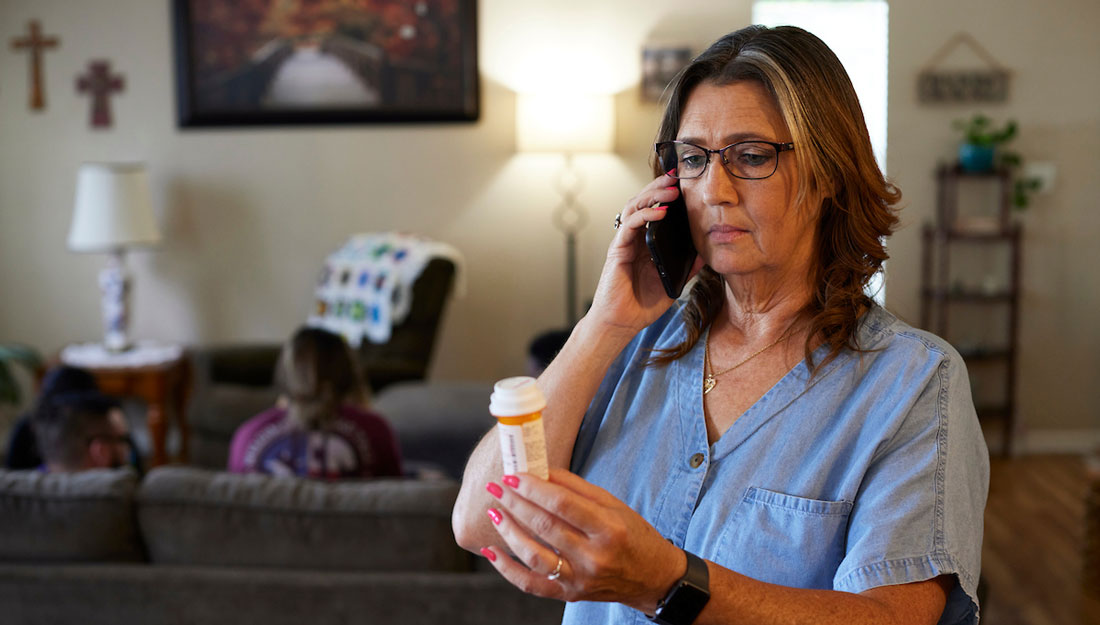HSC collaborates with A&M College of Architecture to present rapidly deployable modular hospital designs Dec. 3
(COLLEGE STATION, TX) — Several proposed rapidly deployable modular hospital designs developed in collaboration between the Texas A&M Health Science Center and Texas A&M University College of Architecture will be unveiled Monday, Dec. 3.
A public presentation showcasing the project programs, models and drawings is from 4:30 p.m. to 6:30 p.m. at the Brazos Center, 3232 Briarcrest Drive in Bryan.
The eight two-student teams have collaborated on the project since Sept. 26 with faculty from the HSC and the Texas A&M College of Architecture, as well as Aspen Street Architects of Angels Camp, Calif. The goal is to further develop a component and modular system that could be rapidly deployed in natural and/or manmade disasters.
Participants have considered financing, fabrication, shipping, construction, staffing, operations and maintenance should rapid deployment be necessary. The modular units also are being applied in an actual case study project at the Kern Valley Healthcare District (KVHD) Hospital in Lake Isabella, Calif.
“Developing a cost-efficient and a flexible design was the greatest challenge in the Kern Valley Hospital project,” said Elizabeth Miller, junior architecture student from Lufkin, Texas, involved in the project. “We found the real-life aspects of the project, such as projecting cost, exciting and challenging. The reality of the project, as opposed to abstract projects we’ve created in other studios, provided us with an opportunity to learn more about architecture as our future profession.”
The project was initiated by Paul K. Carlton Jr., M.D., Lt. Gen. USAF (ret.), director of the HSC-Office of Homeland Security, who briefed and challenged 16 architecture students and two faculty members on the need for a system of health and hospital facilities that could be rapidly deployed in an emergency. He was joined by David Hitchcock, A.I.A., principal of Aspen Street Architects, who invited the students to test the modular concept on the proposed KVHD Hospital expansion.
Clients for the student project were Don Taylor, president of Team Integrated Engineering in San Antonio, and Gary Housley, vice president of Diversified Specialty Institutes in Nashville. Co-directing the project with Dr. Carlton, Hitchcock, Taylor and Housley were architecture studio instructors George J. Mann, A.I.A., the Skaggs-Sprague Endowed Chair of Health Facilities Design at the Texas A&M College of Architecture, and Joseph J. McGraw, Ph.D., professor emeritus of Texas A&M and former director of planning with Kuwait University Health Science Center.
“This is a tremendous learning opportunity for the students to be exposed to leading thinkers as well as doers in the health care field,” Mr. Mann said. “Dr. Carlton is an experienced visionary who sees the big picture and can inspire people to get things done. He and his team have been great mentors to our students.”
Dr. McGraw added, “In their concern for the wellbeing of the people involved, the students’ designs for this creative case study in California have exceeded their professors’ expectations. When future natural or manmade disasters strike, those in need here and abroad can take a large measure of comfort from the lessons learned and applied by these dedicated students.”
The architecture students also have researched and projected the use of component and modular systems in various geographic locations and simulations worldwide.
Dr. Hadi Al Khalili, senior physician in the Embassy of Iraq, will be among the special guests attending the Dec. 3 design review. A trained neurosurgeon, Dr. Al Khalili is touring the United States in search of new health care ideas and methods that might improve the Iraq health care system.
The current project is not the first collaboration between the HSC and the Texas A&M College of Architecture, which began when the HSC-College of Medicine was established.
A “SURGE” hospital initiative in fall 2004 involved Dr. Carlton working with students to conceive alternative settings to existing hospitals for delivering health care services in case of natural and/or manmade disasters.
In fall 2006, Nancy W. Dickey, M.D., President of the Texas A&M Health Science Center and Vice Chancellor for Health Affairs for the Texas A&M University System, and Christopher Colenda, M.D., M.P.H., Jean and Thomas McMullin Dean of the HSC-COM, challenged architecture students to design their vision and master plan of the new HSC to the year 2056.
Since its founding in 1966, faculty and students in the architecture-for-health program in the Texas A&M College of Architecture have undertaken more than 500 health-related projects on national and international levels. Graduates of this unique program lead architecture-for-health companies worldwide.
The Texas A&M Health Science Center provides the state with health education, outreach and research. Its six components located in communities throughout Texas are Baylor College of Dentistry, the College of Medicine, the Graduate School of Biomedical Sciences, the Institute of Biosciences and Technology, the Irma Lerma Rangel College of Pharmacy, and the School of Rural Public Health.
Media contact: media@tamu.edu


